Yesterday I went to two shops, both of which were relatively unexciting. I bought a little bit of stuff, but mostly of curiosity and not because they represent what I really see as very high quality stuff.
I was a bit dissatisfied, and seeing that there is a store in my neighbourhood that I haven’t visited (the Chinese version of puerh-teapot is probably most useful for that) I decided to go there and take a look. They even have a website, which is rare especially for a store in my neck of the woods, since they don’t seem to be a huge operation. (Website in Chinese, and I linked you to the puerh page which is more easily navigable).
I walked in, and there were already a good three or four people at the store, sitting around the big table in the middle. The decor of the place falls into the “neighbourhood shop” kind of decor — rather dark, very unimpressive looking, with lots of pots lined on the wall and some puerh cakes in one corner of the store. They also had the obligatory bags of oolongs, but I get the sense those really don’t move much.
The person who was manning the desk was an old lady, who turned out to be the mother of the store owner. I was left alone to look at the cakes (I first quickly looked at the pots — some of which look very good). Most of the cakes on the website exist in the store. It was an interesting collection, and some of the stuff are even available in Western shops. I was, of course, rather curious that this unassuming looking store has this rather interesting collection of puerh — and all only less than 10 minutes walk from my place!
Meanwhile, some other guy walked in, and he started chatting me up. It seems like what I said was enough to impress upon him that I am not quite a complete newbie to tea, so I think that smoothed conversation. I eventually settled down at the desk, trying a tea that I picked out — it’s one of the cakes I’ve never seen before (page 6 of the website, third one from the left on the top row). It looked good enough, and I’ve never encountered it. It’s from “Zhang Jia Wan” or “Zhang family bay”. It’s a village in Mengla, which is part of the Mengsa mountain, a bit away from Yiwu, but not too far. Some will fuddle and say this is a Yiwu tea, but it’s not quite.
The dry leaves are dark, and the taste interesting. It’s very mellow, but there’s something there, something that penetrates down the throat. She brewed it in a tasting set — those white cups with the lid. It wasn’t an ideal way to try it given that she wasn’t doing long brews. Nevertheless… interesting tea.
I tried the other cake that is under that private label (the one on its right on the website). It’s from Youle… even mellower, and very smooth. It’s harder to tell if this cake is really good or really bad. I can’t quite decide. It tastes less aged than the first one, which is in and of itself an interesting thing. I don’t know how that can be the case, since they’re both from 2005 and made by the same folks and stored in the exact same way. I suppose it’s all a function of the raw materials and the processing. Food for thought.
Meanwhile, conversation continues. Obviously, everybody at the store know each other well. What also became obvious is that this place doesn’t just deal mostly in teapots.. it deals mostly in high end teapots, and has deep connections in Yixing. She knows quite a few of the craftsmen. She also seems to know most of the more famous personages in tea in Taiwan. You would never be able to tell by the unassuming store and the location.
She was quite generous and let me try another tea, made by Ta Culture Tea of Malaysia (website still under construction, it seems). She said the owner of the place, or at least one of the owners, is actually Taiwanese, and he gave her quite a few sample cakes of different provenance. The one I tried was a Bulang. It’s obviously made of good material. I don’t know how much, but I suspect it won’t be cheap. Very durable tea, made of mostly spring tips. Interesting…
I ended up leaving the place with one cake each of the two teas I tried, since they are not too expensive at all and are rather interesting in their own right. I want to try them more thoroughly before deciding if they’re actually good or bad, as the conditions at the store made that a little difficult. I also seem to have found a connection to a Pinglin farm while there (one of the other people there is from a tea farmer family), so maybe going to see a tea farm will now be an easier thing come October, when they start harvesting again (fall pick was just done, apparently). Obviously, today was a good day.


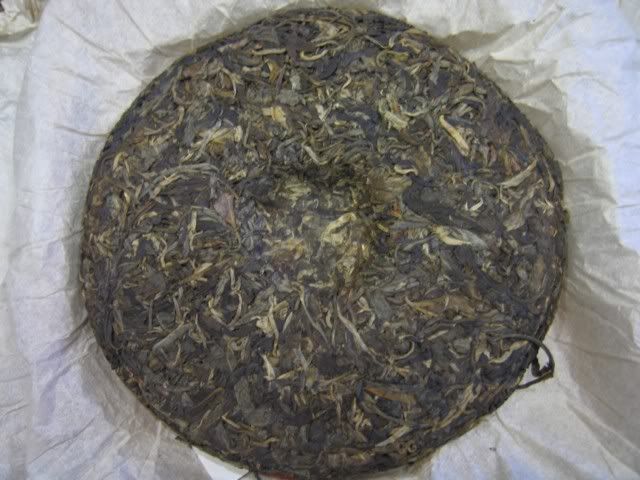







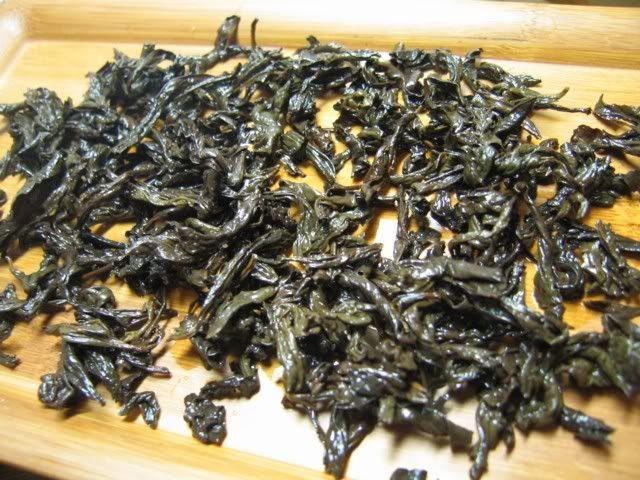

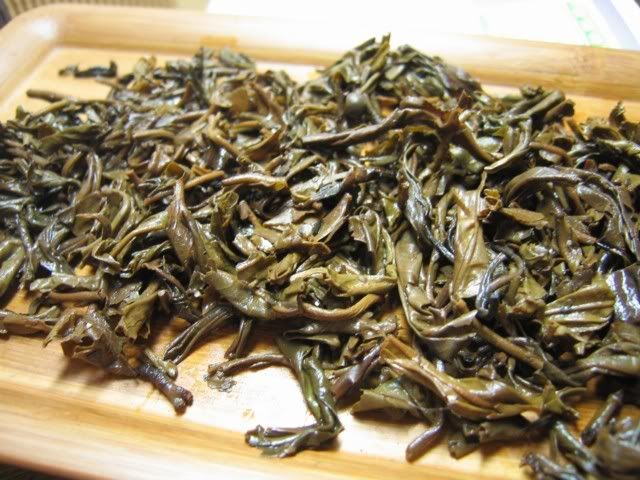

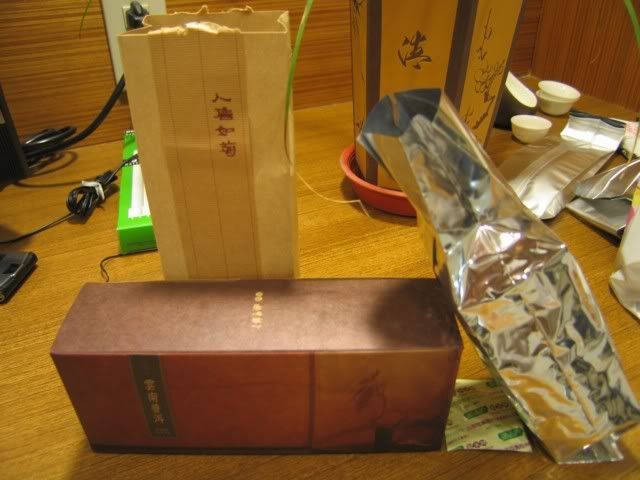
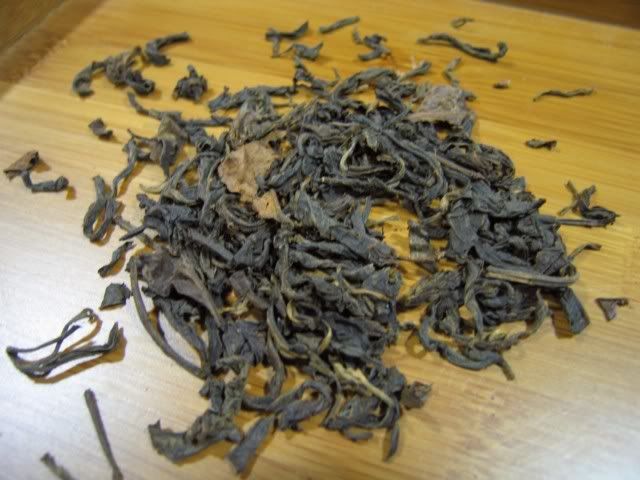
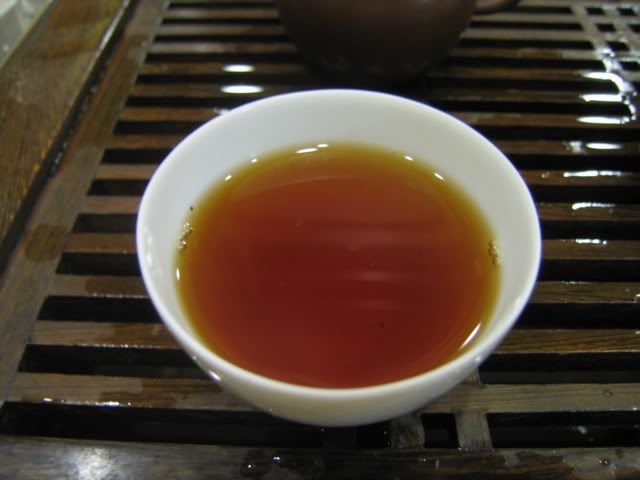
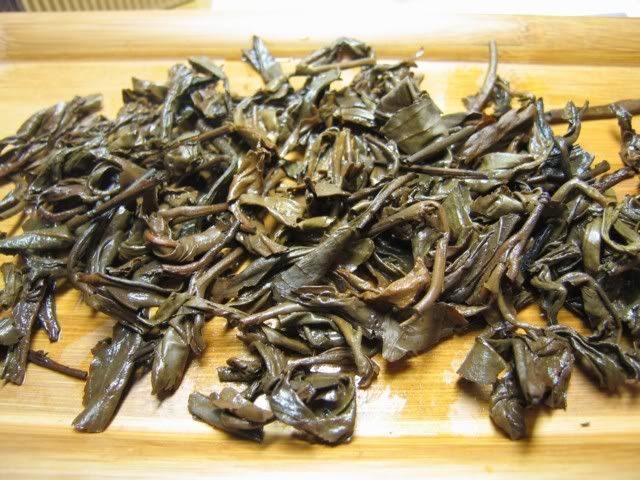
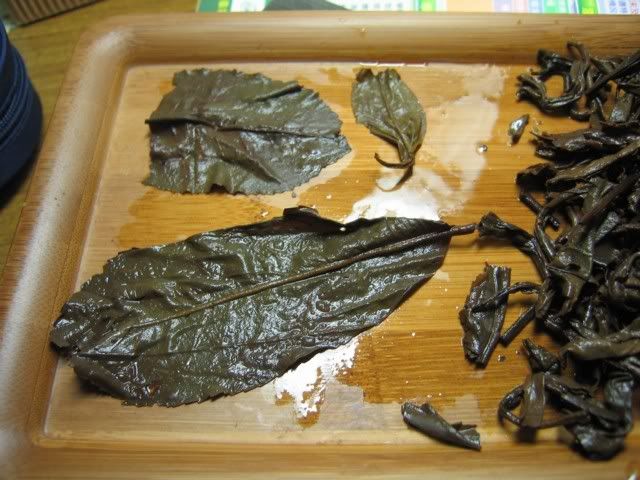
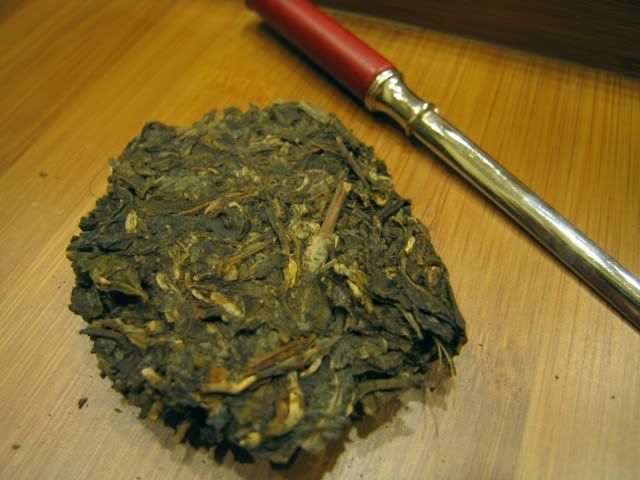
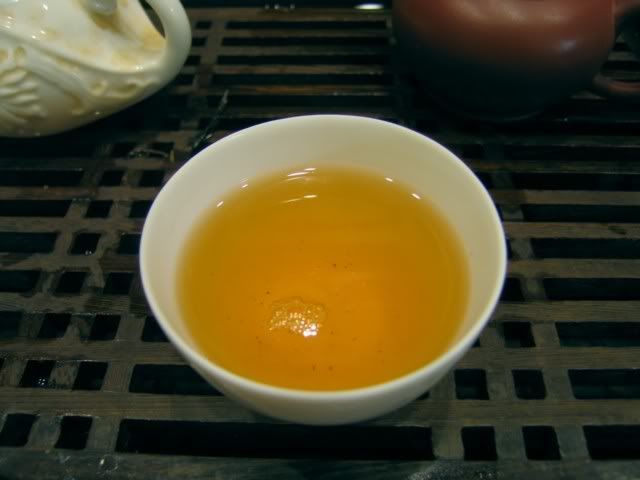
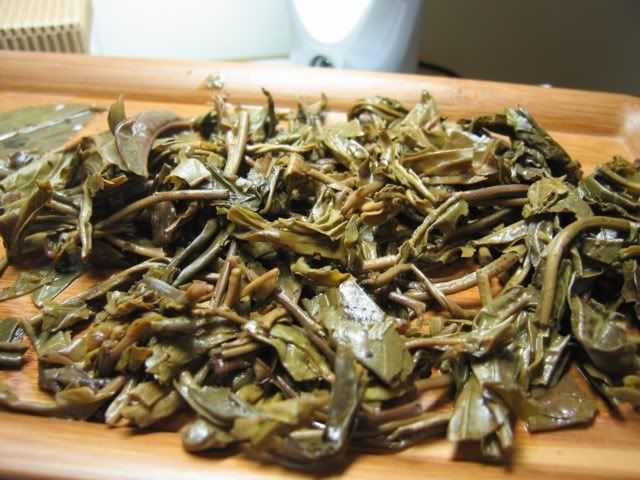
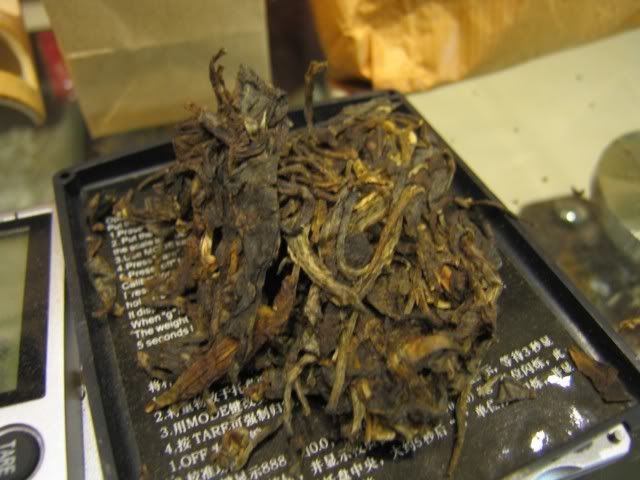
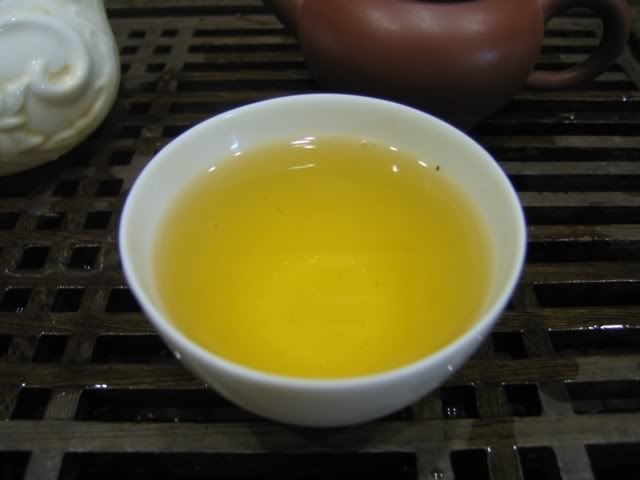
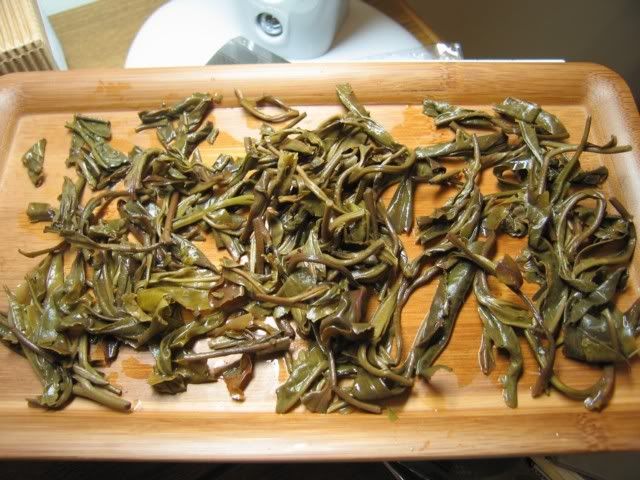
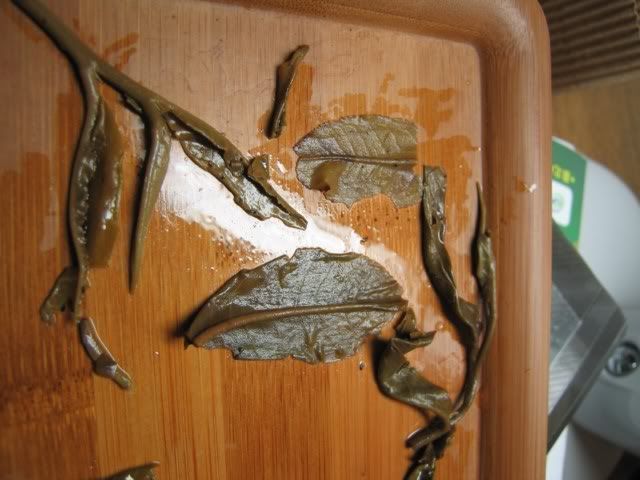
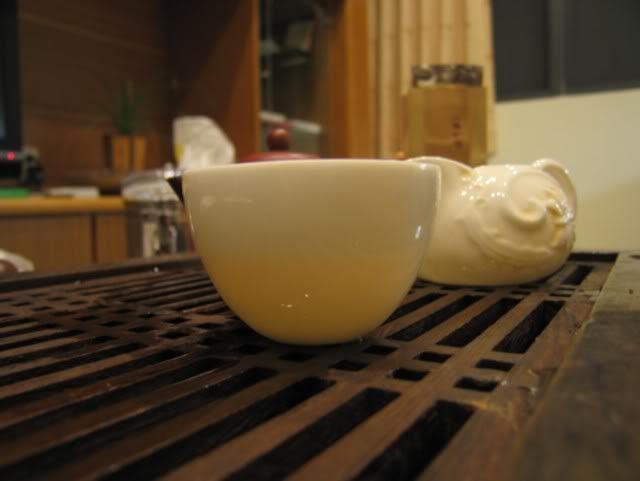
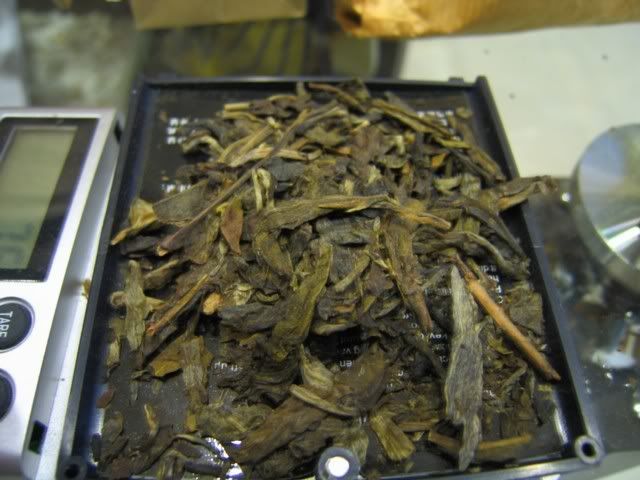


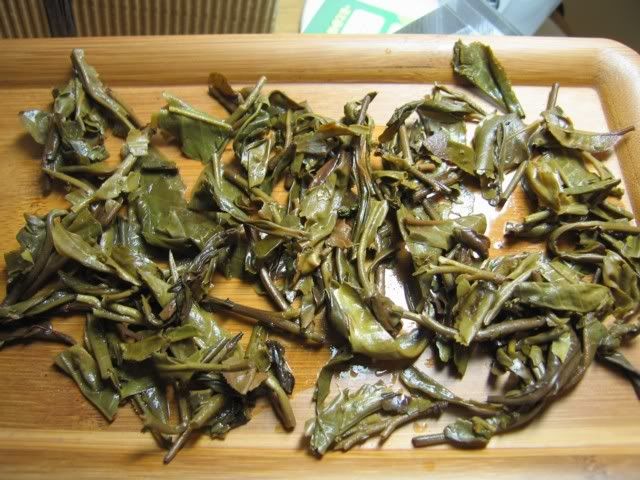
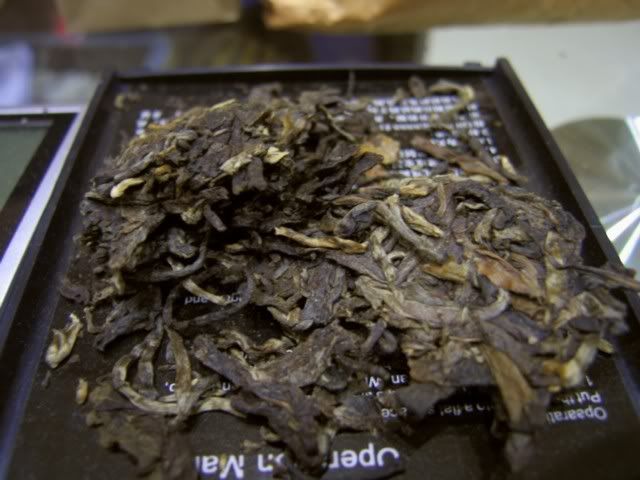
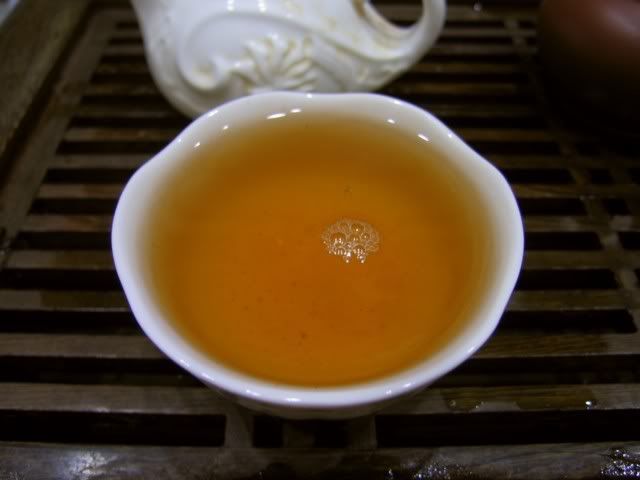
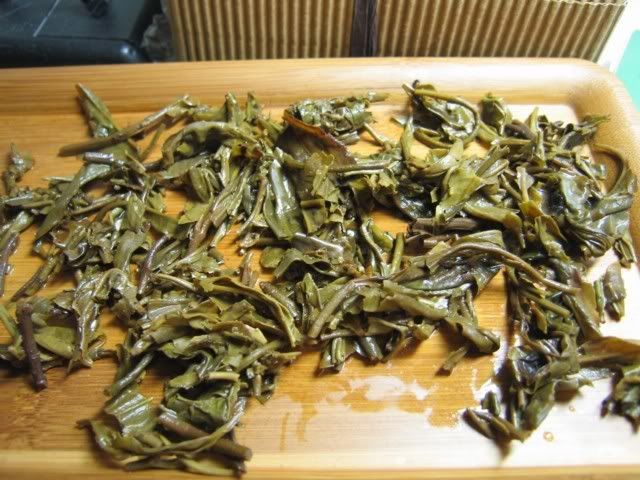


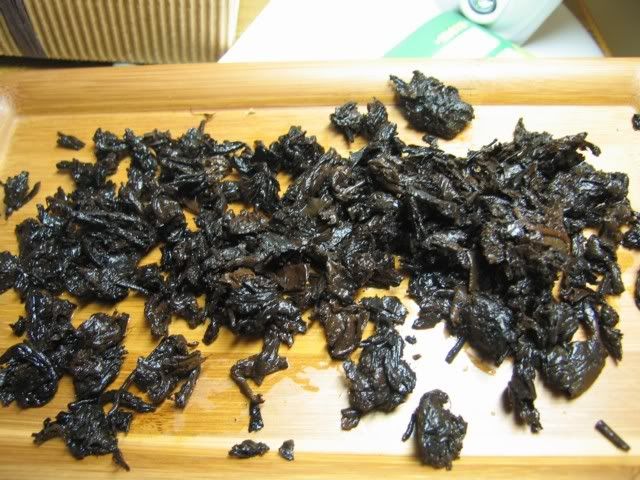
 RSS - Posts
RSS - Posts
Interesting.... would 250C in my oven work?